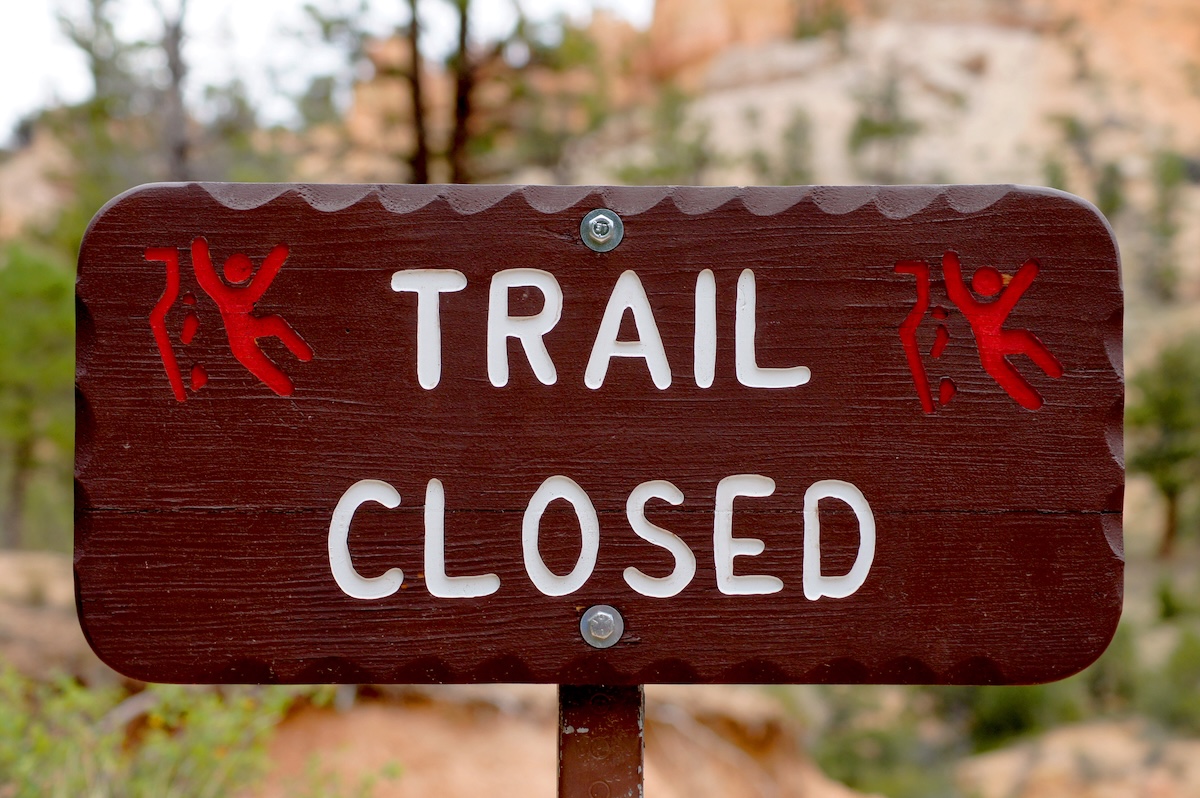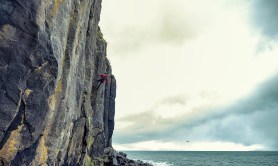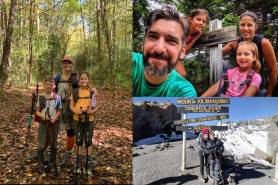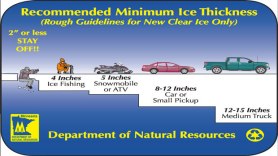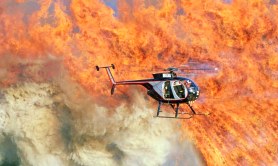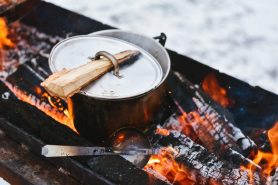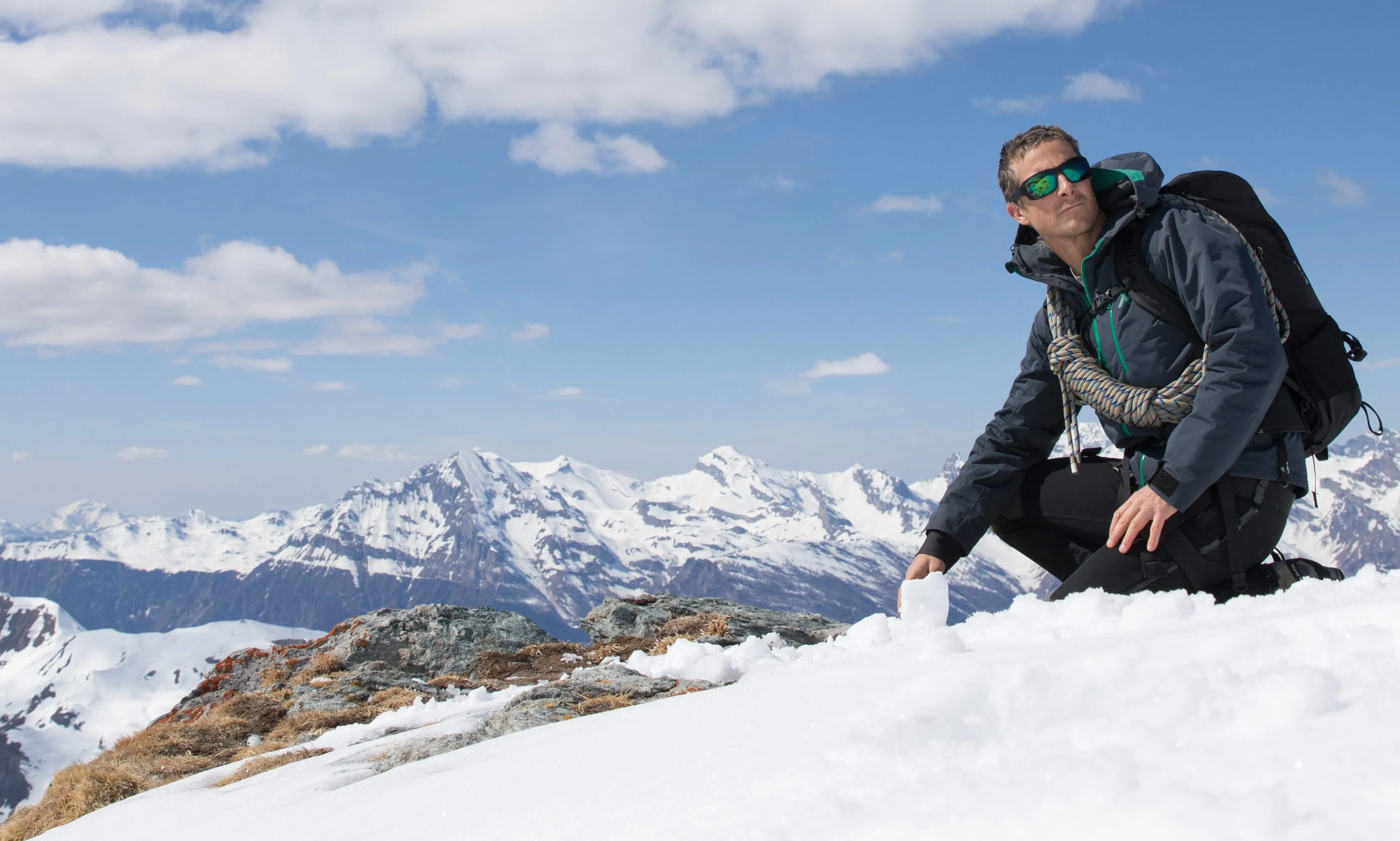

Bear Grylls is no stranger to surviving in sub-zero temperatures on varying terrain, from mountains and glaciers to the polar regions. To find food in snow and ice, he has a few tricks, as he writes in Born Survivor.
Videos by Outdoors
Food can be scarce in cold regions so what you can find might depend on where you are. If you’re near the coast, a lake or a river, you might be able to fish directly or by cutting a hole in the ice. In other areas, small mammals or seabirds might be an option, and lichens and mosses are abundant in some areas.
Learn to ice-fish
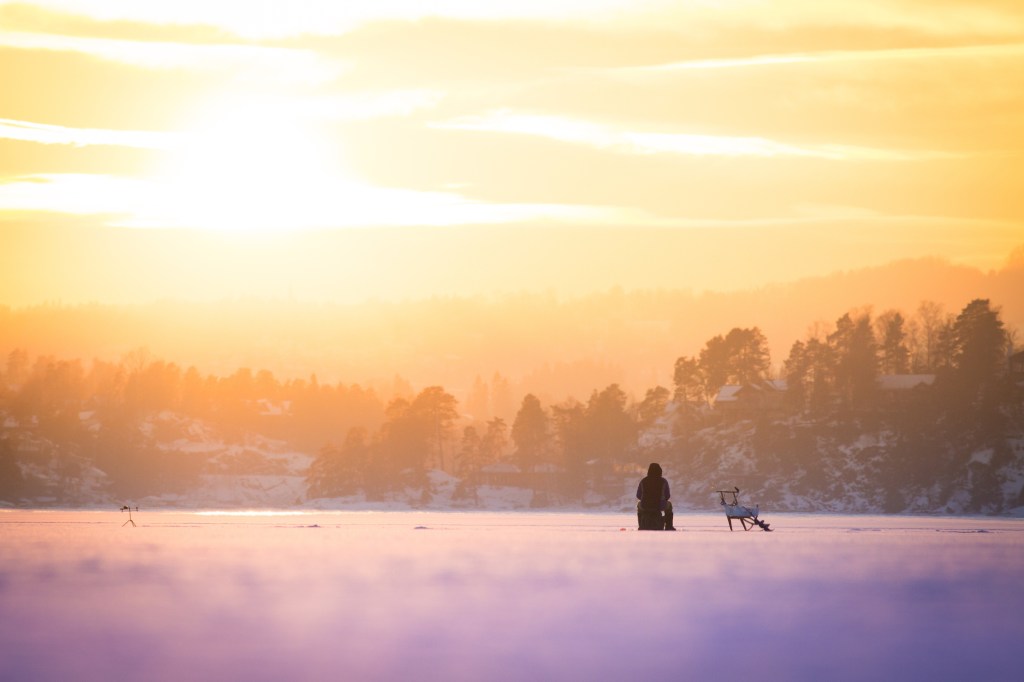
If you are in the mountains or near the sea, your best bet for food is fish. In the mountains, catching fish in freshwater is easy when there are running rivers. In winter, when the water is frozen, you might need to make a hole in the ice.
Pick a spot where the ice is at least a foot thick; you’ll be weakening the ice around the hole you create, so you have to make sure it is strong enough to hold your weight, but also thin enough to cut through.
To melt the ice, you could build a fire on rocks, which will fall through as the ice melts. “Do this near a good supply of wood and stones so as to avoid the whole exercise becoming exercise,” says Bear. Another option is to break the ice by bashing it with a long stick.
Make sure you have some insulation for your feet and knees—spruce branches work well for this—plus a sharp stick and a rock or knife. You also need two pieces of straight wood, something to use as fishing line, and hooks—made from wire, thorns or sharp bits of bone—and bait.
Lay one stick across the hole and lash the other stick to it, as a fishing rod, with the line and baited hooks attached to one end. Attach hooks at different depths to increase the chances of catching something.
You can leave the ice holes overnight; stuff spruce branches in to mark them and also to stop them refreezing over.
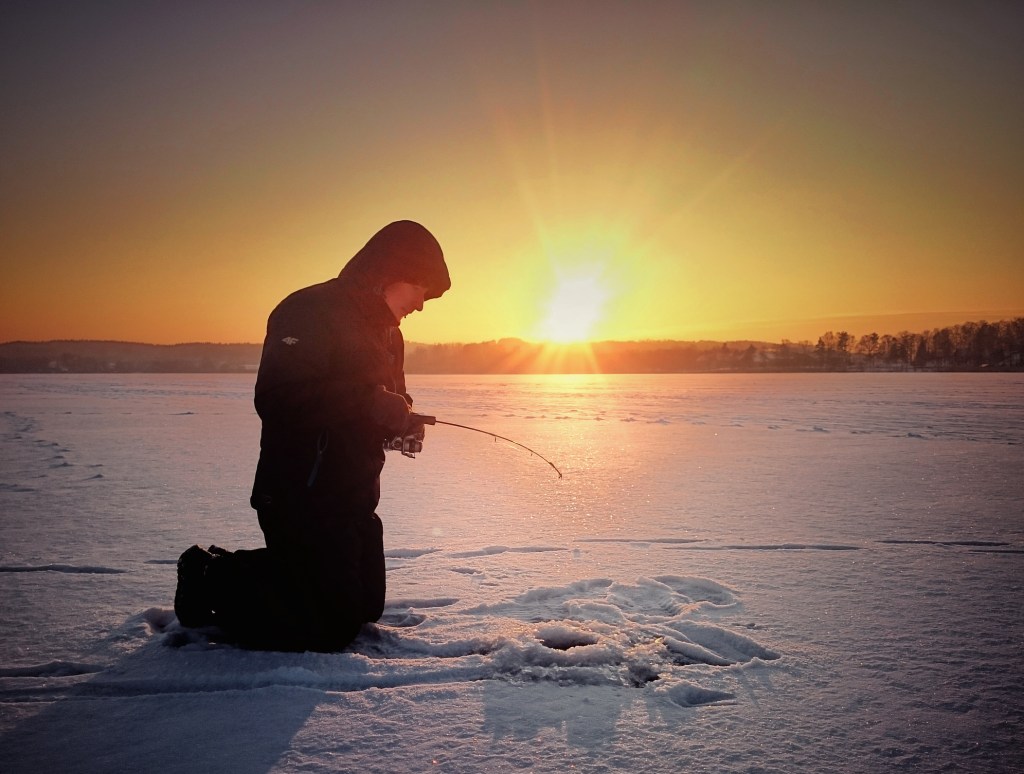
Forage for edible plants
You may be able to find plants and berries to eat on some sub-zero terrain, including in the mountains and on Arctic tundra, and make sure you do the food safety test to make sure something is safe to eat.
Trees, plants and berries can be good sources of Vitamin C, while you can boil spruce needles to make tea. “Spruce tea tree is absolutely delicious, nutritious and warming, and has lifted my spirits many times,” says Bear.
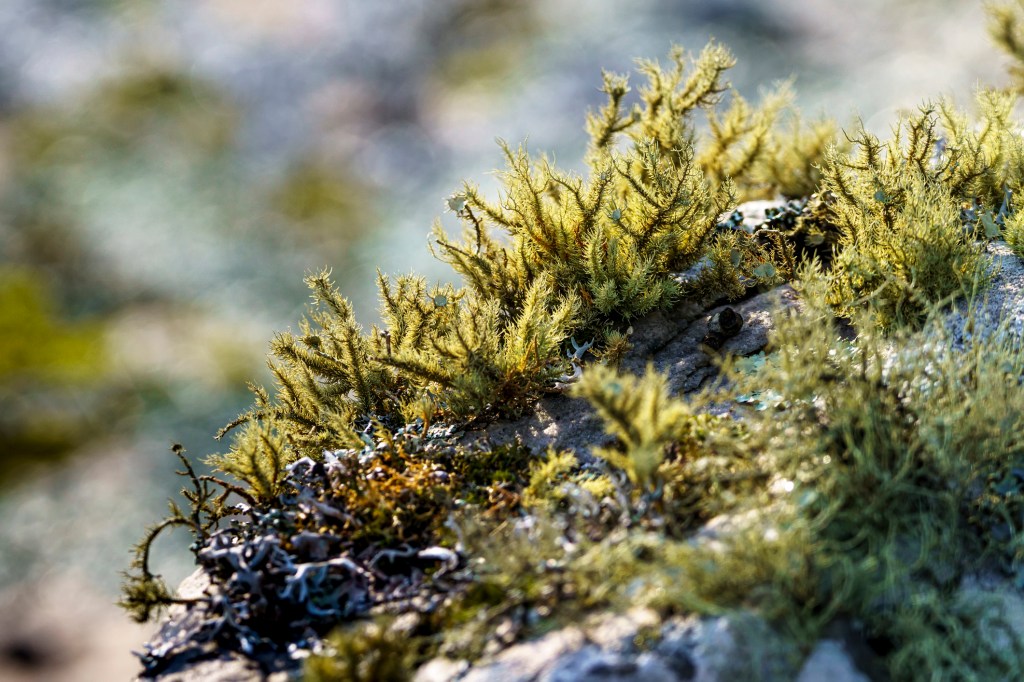
Lichens are also edible, but need to be soaked for 12 hours to remove the high acid content. You can try eating Iceland moss, Rock tripe, old man’s beard or Reindeer moss, but be warned that it should be a last resort. “Generally speaking, it tastes pretty disgusting,” says Bear. “Cardboard is tastier, but lacks the nutrients.”
Get creative with your hunting skills
In a survival situation, you may be able to trap small mammals like squirrels, rabbits, foxes, marmots, mountain hares, beavers, mink or weasels. This might be easier in the mountains, where you can also check areas where avalanches have recently fallen as animals can fall prey to these.
If you find a dead reindeer, open its stomach, it might be full of half-digested and edible lichen, good in an emergency.
More from Bear Grylls:
- How to Make a Toothbrush in the Wild
- Driving in the Snow
- How to Build Shelter in a Forest
- How to Survive Sub-Zero Temperatures
- What to do If You’re Bitten by a Snake
- How to Navigate Without a Compass
- How to Deal with Injuries in Survival Situations
- How to Find Water in the Mountains
- Making Shelter in the Snow
- Priorities of Survival
- How Bear Grylls Lights a Fire

